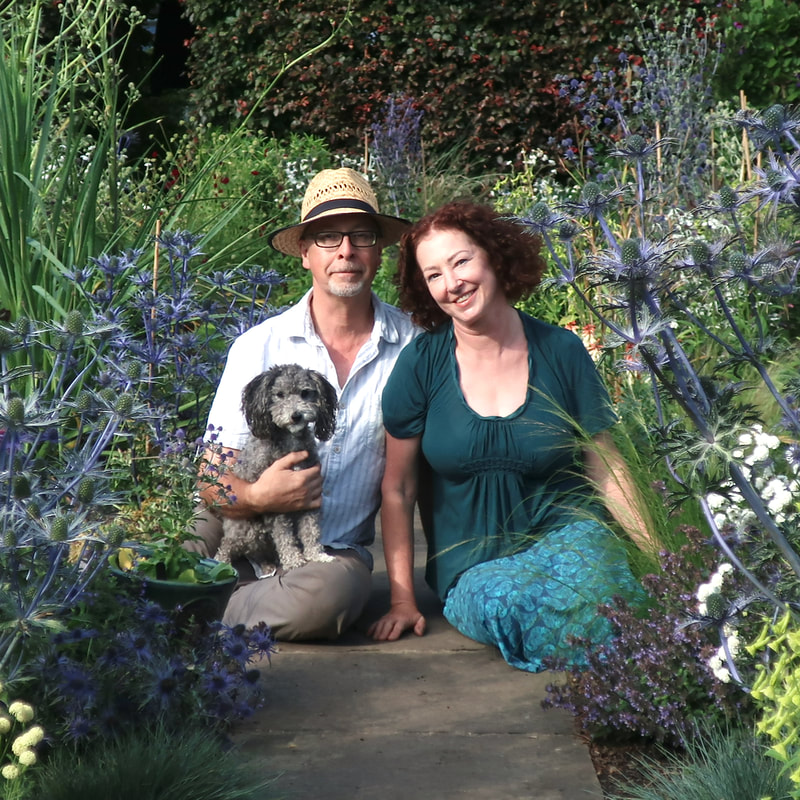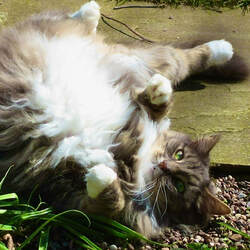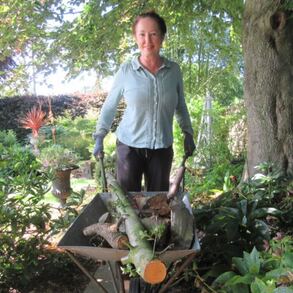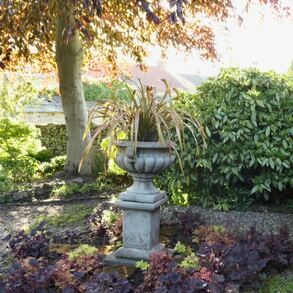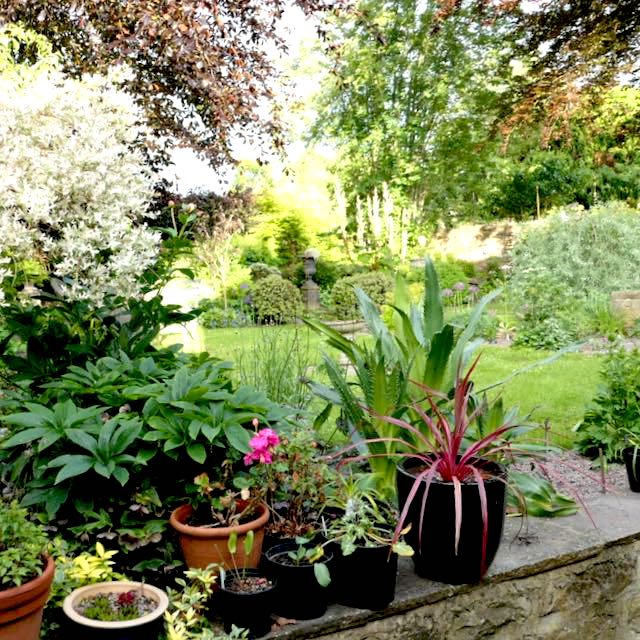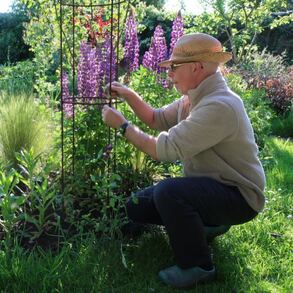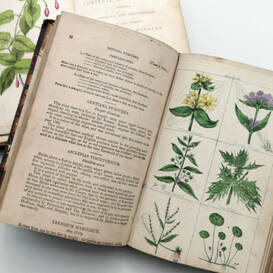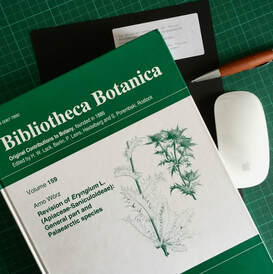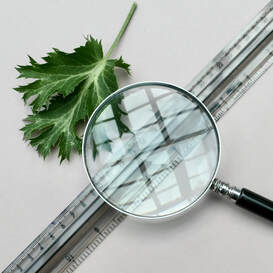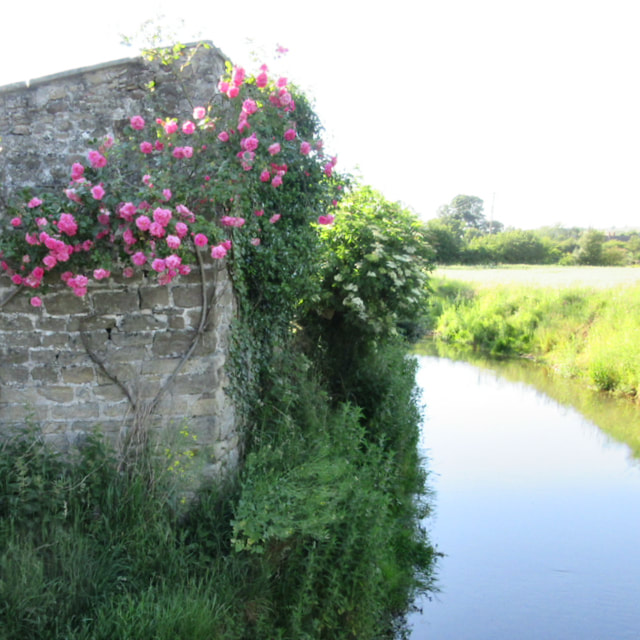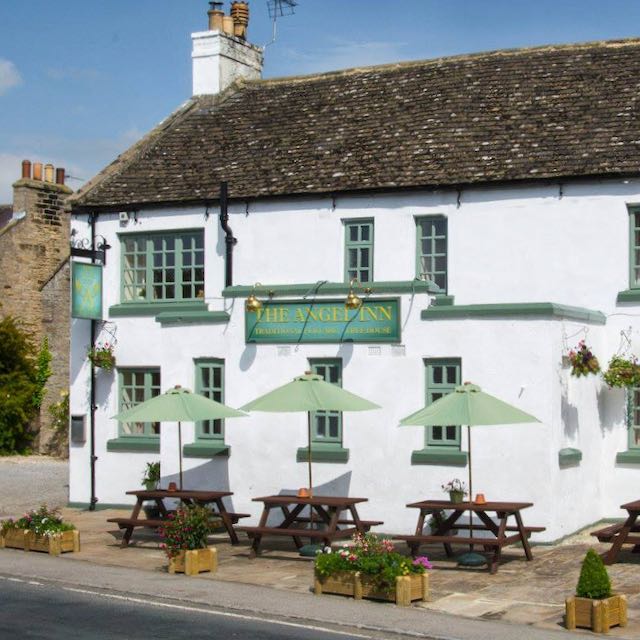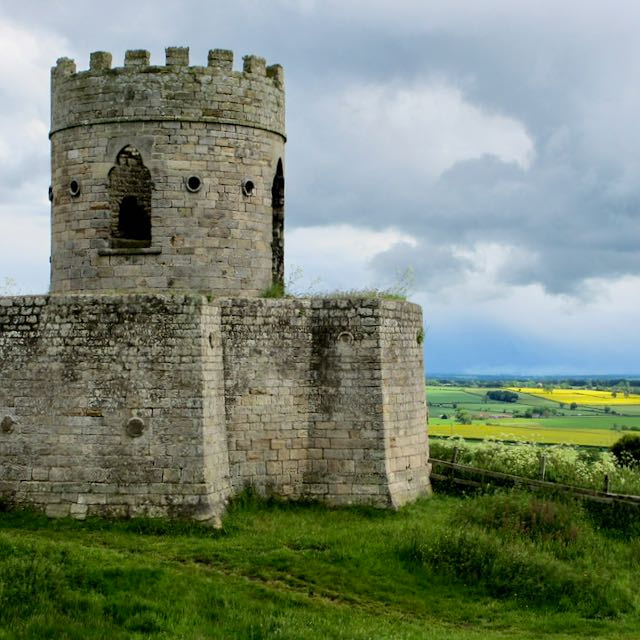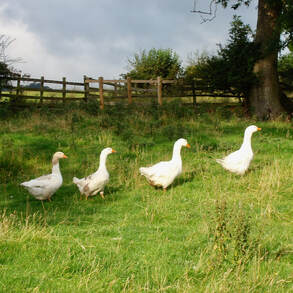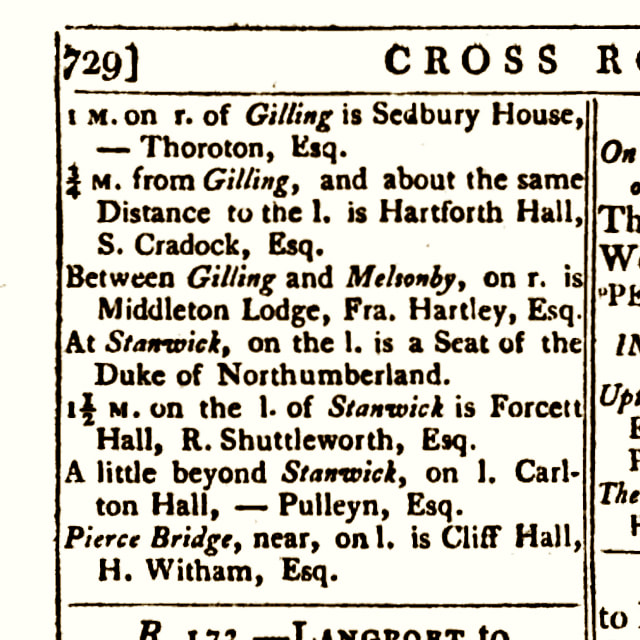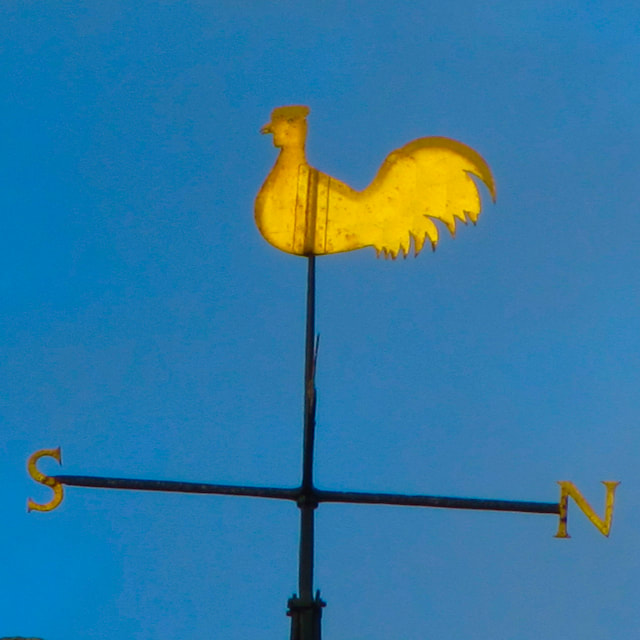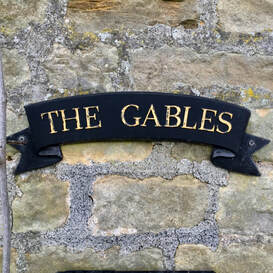About us
Kathy Pike took a degree in Biology at Aberystwyth University before becoming one of the UK's first clinical embryologists. She currently works as a Senior Embryologist at James Cook University Hospital. The precision handling techniques, rigorous organisation and meticulous record-keeping needed in her day job make her a natural at tending seedlings and managing the acquisitions database crucial to a National Plant Collection. She spends what little spare time she has modelling in ceramics and papier maché. Brian Pike has a doctorate from Cambridge University, where he studied philosophy and psychology. For the last 25 years he has been a feature writer, covering (under a variety of aliases) topics including gardening, wildlife, food, business and the arts. He is also a mixed media artist whose paintings hang in private collections throughout the UK, Europe and the USA. His contributions to the collection include research, heavy lifting and fretting about the weather. Pumpkin is a nervous rescue cat who is deeply suspicious of strangers. She helps young plants toughen up by rolling on them at every possible opportunity. Cracker is an excitable toy poodle who aerates our soil by digging needless holes. Her favourite toy decapitated our oldest Eryngium paniculatum shortly before it was due to flower for the first time in 2019, and lopped 30cm off the selfsame plant in 2020. Memo: no more dog games in the garden. |
Size isn't everythingA small, shady garden in a notorious frost hollow in the foothills of the Pennines might not seem the ideal place to start a collection of plants widely thought of as needing full sun, dry soil and - in the case of many 'New World' eryngiums - mild winters. But you can't help what kind of plants you fall in love with. Fortunately we discovered that sea hollies pop up in a surprisingly wide range of environments: not just dry scree slopes, but habitats rather more easily reproduced in North Yorkshire, such as forest glades, alpine bogs and the margins of seasonal lakes. We also found evidence - or established by trial-and-error - that many of them are more adaptable than is sometimes supposed. We've now successfully cultivated 30 different species or hybrids - which may not sound like that many, but it's a larger collection of eryngiums than is currently held at Kew Gardens, any of the four RHS gardens, or any private collection we're aware of. Our closest potential rival would once have been the fabulous Cally Gardens - do visit them if you can - but due to unfortunate circumstances many of their rarities were lost before the current owner, Kevin Hughes, took charge. You can find a list of the eryngiums currently in our collection here. |
Digging deeperThere are three different categories of National Plant Collections. Ours is a 'Horticultural' collection, and our aim is to bring together as many as possible of the eryngiums that are, or have been, grown in British gardens. Our starting point for deciding what to include was the RHS Horticultural Database. Unfortunately, though, not all its listings are correct. Several species, for example, were included on the database by nurseries - and even nationally famous gardens - who had misidentified their stock. The confusion is understandable. As yet there's no comprehensive gardener-friendly reference work on eryngiums, and to research the subject we've had to trawl through a variety of resources - including herbarium specimens and regional floras in an assortment of languages - either online or at specialist libraries like the one at Harlow Carr. We also browse old gardening books and nursery catalogues whenever we get the chance, deepening our understanding of the history of sea hollies as garden plants and looking for references to plants - such as Eryngium prostratum - that may once have featured in British gardens but that haven't made it onto the RHS database. |
A grand day out?Many National Plant Collections are set in the gardens of grand country houses (Newby Hall and Thorp Perrow Arboretum, for example), or are at famous horticultural institutions like RHS Harlow Carr. Ours, by contrast, is in a very modest private back garden - other than look at sea hollies there’s nothing much to see, so you might want to plan a few other activities in the neighbourhood to make your trip worth while. Luckily there's lots to do! We're in Gilling West, a charming village in North Yorkshire's most northerly - and arguably least well known - dale, Holmedale. There's a fascinating church, and we're fortunate to still have two pubs, The Angel Inn and The White Swan. Gilling is a popular starting point for gentle circular walks in the area. The Georgian splendours of Richmond are just 3 miles away - there's a comprehensive guide to its attractions at Richmond Online. Garden lovers may want to visit the gorgeous, award-winning Millgate House Garden. And if you like proper old-style nurseries you'll love Eggleston Hall Gardens where we bought our very first sea holly many year ago... |
PracticalitiesOur National Collection is open by prior appointment. You can find sea hollies in flower any time from June to Christmas, but in general they are at their best between mid-July and early September. If there's a particular species that you want to see, we can advise when it's likely to be looking good. Our Plant Heritage listing, complete with full contact details, is here. Alternatively message us via the Contact form on this site. Gilling West is a five minutes drive from Scotch Corner (west along the A66) or Richmond (north on the B6274). Sat navs and phone apps generally do a good job of finding it, but please note that mobile reception in the village is somewhat patchy. There is no designated parking, but parking space is usually available directly outside on Millgate - ours is the house with the white metal railings - or on the village High Street near St Agatha's church. Unfortunately steps, gravel, uneven surfaces, spiky vegetation and narrow paths make our garden problematical as regards disabled access. Considerate, friendly dogs on leads are welcome, but unless your pooch regards a trip across a pocket handkerchief of a garden as an exhausting trek you will need to walk it elsewhere. We can suggest suitable local circuits and dog-friendly lunch venues. Finally please note that we’re not a nursery or garden centre, just a couple of amateur eryngium lovers. Whilst we sometimes have sea hollies for sale in support of the collection, Plant Heritage or other charities, we can’t be relied on to meet any specific needs you may have - although we can provide plenty of advice and enthusiasm! |
